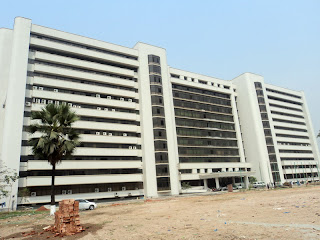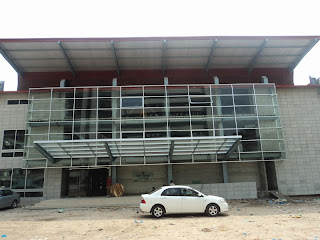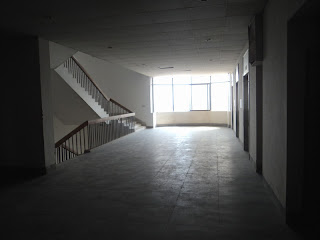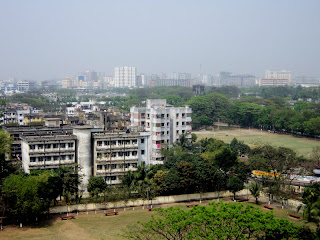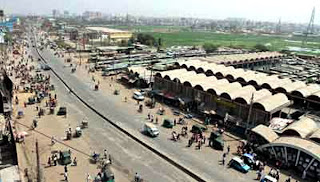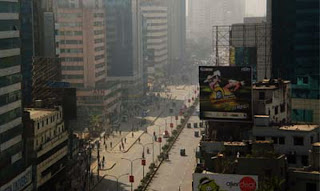
Moghbazar intersection

Hatir-jheel project limping

Farmgate




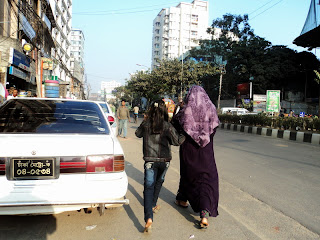


Sonargaon hotel road






Agargaon

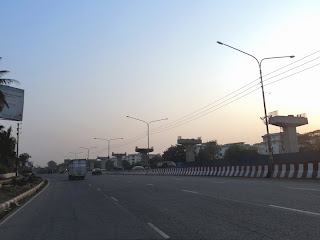
Airport road


Sher-e-Bangla Stadium, Mirpur



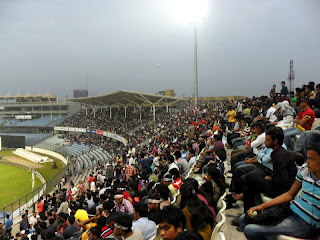


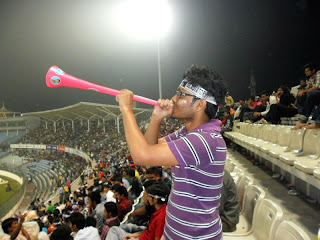

Dhaka Gladiators wins first Bangladesh Premier League (BPL) T-20 series at the Sher-e-Bangla Stadium, Dhaka. Pakistan's Imran Nazir knock of 75 in 43 balls (6 sixes and 6 boundaries) and Afridi helped win the match against Barisal Burners on 29 Feb 2012.

Sunset over SB Stadium, Mirpur

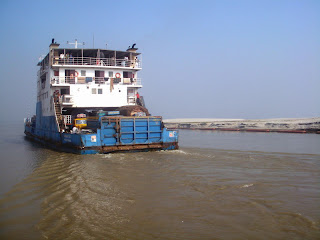

River view at Aricha
India’s Supreme Court orders River Diversion Project to proceed- its impact and saline death for Bangladesh
 (pic: The daily Star)
(pic: The daily Star)On 27 Feb 2012, the Indian Supreme Court ordered the government of India to implement an ambitious project to link the major rivers of the region in a “time-bound manner”.
The court also appointed a high-powered committee to plan and put into action the Rs 5,00,000 crore scheme. The three-judge bench said the project had been long delayed, resulting in an increase in its cost.
The project was announced by then-Prime Minister Atal Bihari Vajpayee in 2002 who said the scheme will "free India from the curse of floods and droughts". He also set up a task force to get the project going. The river-linking project was first devised in India in 1980 and has been under discussion ever since.
The project aims to link 30 major rivers and will involve diverting the Ganges and the Brahmaputra - two of India's biggest rivers. It requires the construction of large dams within India, Nepal and Bhutan, requiring international agreements with these countries.
The project was opposed by India's neighbours and environmentalists all over.
The taskforce had identified 14 links, including Kosi-Ghagra, Kosi-Mech, Ghagra-Jamuna, Gandak-Ganges, Jamuna-Rajasthan, Rajasthan-Sabarmati, Sarda-Jamuna, Farakka-Sundarbans, Brahmaputra-Ganges, Subernarekha-Mahanadi, and Ganges-Damodar-Subernarekha.
The plan - which could cost between $70 billion and $200 billion and take at least 14 years to implement, making it potentially the largest and most expensive water project in the world - would redraw the subcontinent's hydrological map with immense ecological and social consequences. It involves building hundreds of reservoirs and digging more than 1000 kilometres of canals. The project proposes linkages between the major rivers by the year 2016.
The river link project was initiated without any consent of Bangladesh. Bangladesh said diversion of water from these rivers would enormously harm its interests - while environmentalists said the project would cause an ecological disaster. "This could trigger a long-term disaster on the subcontinent and trigger bloodshed in the region," said Action Aid Bangladesh.
Bangladesh already hit from the consequences of the Farakka barrage, built across the Ganges 18 kilometres from the Bangladeshi border in 1974, had at times of the year reduced by more than half the water that once flowed into Bangladesh, turning large parts into desert. Less water in the inland rivers causes intrusion of seawater into the rivers causing a rise in the salinity in the coastal districts and beyond with damage to crops and unique health consequences for the Bangladeshi people.
Bangladesh with an area of about 56 thousand sq.miles lies almost entirely at or below sea level. Today, it stands at the forefront of debates about global climate change, water security and increasing salinity of water resources. A case study for scientists and environmentalists, the coastal nation is one of the first places to feel the effects of melting ice caps and rising sea levels. Seawater intrusion causes a rise in the salinity of coastal drinking water, causing unique health consequences for the Bangladeshi people.
Supporting 160 million people is a difficult task, and with a population density of almost 3,000 people per square mile, and 40% of its population living below the poverty line, Bangladesh routinely faces public health challenges typical of overpopulated and poor regions. However, more unique to Bangladesh are the challenges associated with advancing sea levels. Scientific studies show that fresh water resources are critically endangered by climate change. High tidal waves, storm surges and tidal flooding increases the salinity of fresh water in low-lying areas.
In Bangladesh, salinity levels have already increased in domestic ponds, groundwater supplies and agricultural land, through the various estuaries and water inlets intertwined with major river. The effect is that the average Bangladeshi’s consumption of salt has reached to unhealthy levels. India's above project of linking major rivers and diversion of water from the common rivers of the Ganges and Brahmaputra will be the last nail in the coffin for Bangladesh.
Bangladesh has been opposing the plan since 2002 as the then prime minister Atal Bihari Vajpayee formed a taskforce to get the project going. The 'Bangladesh Paribesh Andolan', an environment organisation, handed over a memorandum in this regard to PM Sheikh Hasina in September 2011 when Indian Prime Minister Manmohan Singh visited Dhaka.
